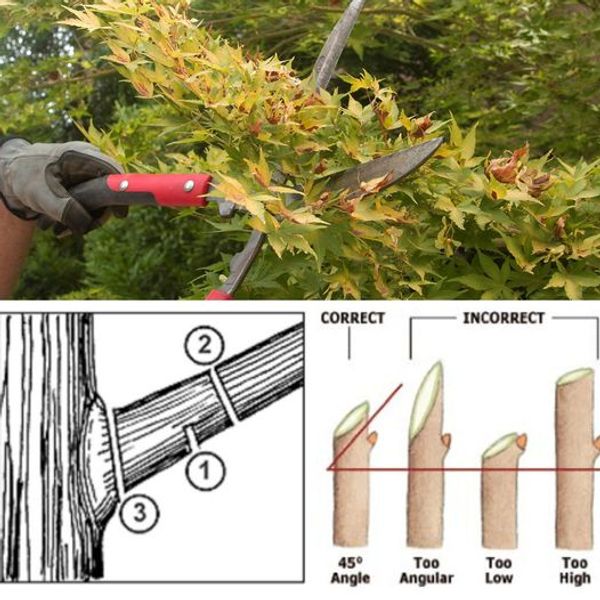
Pruning is not just a gardening chore; it is an art that can transform your garden into a flourishing, vibrant space. By removing dead or overcrowded branches, pruning promotes healthier growth, enhances flowering and fruit production, improves plant shape, prevents overcrowding, and controls plant size. With the right techniques and timing, you can shape, nourish, and revitalize your garden for years to come. Let’s explore why pruning is essential and how you can master this skill.
Why Pruning is Essential
Encourages Healthy Growth
By pruning your plants, you can remove dead, diseased, or damaged branches, allowing the plant to focus its energy on producing healthy growth. Trimming overgrown or crowded branches also creates space for air and sunlight to reach the interior of the plant, reducing the risk of disease and promoting overall health.
Enhances Flowering and Fruit Production
Many flowering plants and fruit trees benefit from pruning as it stimulates new growth, resulting in more beautiful flowers and abundant fruits. For example, pruning roses encourages new flowering canes, while properly pruned fruit trees produce larger and juicier fruits.
Improves Plant Shape and Structure
Regular pruning helps maintain the desired shape and structure of your plants, keeping them well-balanced and visually appealing. For shrubs and hedges, pruning can create neat and formal shapes, while for trees, it ensures strong branch development and a sturdy framework.
Prevents Overcrowding
Overgrown branches can block sunlight and airflow, leading to an unhealthy and crowded plant. Pruning reduces the density of foliage, prevents branches from competing for resources, and allows the plant to grow in a more balanced and open manner.
Controls Plant Size
If certain plants in your garden tend to grow too large for their space, pruning can help you control their size. By strategically cutting back branches, you can keep your garden manageable and prevent plants from overshadowing others.
Basic Pruning Techniques
To master the art of pruning, you need to familiarize yourself with some basic techniques:
Thinning
Thinning involves selectively removing branches to reduce the density of the plant. This improves air circulation, light penetration, and reduces the risk of disease. Thinning is commonly used on trees, shrubs, and vines.
Heading
Heading refers to cutting back the tips of branches to promote bushier growth. This method is often used on shrubs or young plants to encourage a more compact and dense shape.
Deadheading
Deadheading involves removing spent flowers to encourage more blooms. This is particularly important for flowering plants like roses, annuals, and perennials. By redirecting the plant’s energy from seed production to flower production, you can enjoy a longer blooming season.
Shearing
Shearing is a technique used to shape plants into formal or uniform shapes, often used for hedges or topiaries. While shearing can quickly shape a plant, it’s essential not to overdo it, as it can create a dense outer layer that blocks light from reaching the interior of the plant.
When to Prune
The timing of pruning depends on the type of plant and its growth cycle. Here are some general guidelines:
- Spring-blooming plants (like lilacs and forsythia) should be pruned after they finish blooming in late spring.
- Summer-blooming plants (like hydrangeas and butterfly bushes) are best pruned in late winter or early spring, before new growth starts.
- Fruit trees are typically pruned in late winter or early spring to promote fruit production.
- Evergreens can be pruned in early spring before new growth starts.
- Roses benefit from pruning in early spring, just as the buds begin to swell.
Tools for Pruning
Having the right tools is essential for effective pruning:
- Pruning shears: Ideal for cutting small branches and stems. Choose bypass shears for clean cuts.
- Loppers: Larger and more powerful than shears, loppers are perfect for cutting thicker branches.
- Pruning saw: Used for removing large branches on trees and shrubs.
- Hedge shears: Ideal for shaping hedges and shrubs.
Conclusion
Pruning is a skillful practice that allows you to shape, nurture, and transform your garden into a healthy and thriving environment. By embracing the art of pruning and using the right techniques and timing, you can enhance the beauty, health, and productivity of your plants. Make pruning an essential part of your gardening routine and watch your garden flourish!



